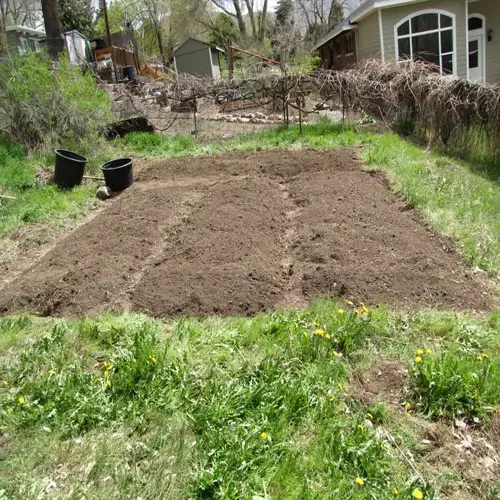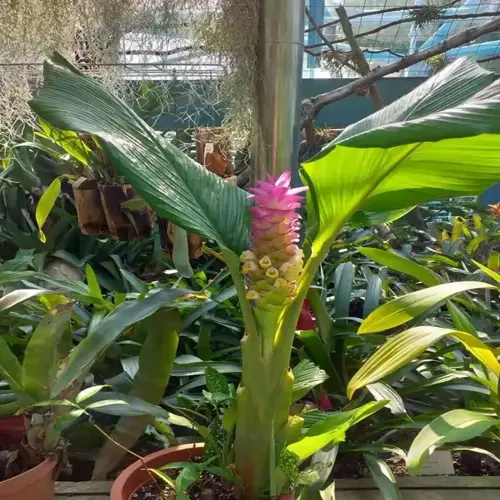Can succulent cuttings be planted directly in soil?

Written by
Julia Anderson
Reviewed by
Prof. Charles Hartman, Ph.D.To plant succulent cuttings, you'll want to be careful with your process to avoid some disastrous rot challenges! A common rookie error is planting fresh cuttings directly into the soil without allowing them to acclimate. The moisture that enters the unprotected tissues quickly rots them! I learned this the hard way when I lost some precious cuttings that developed mold. The purpose of callousing is to prevent moisture from entering.
Cutting Preparation
- Make clean 45-degree cuts with sterilized scissors
- Select healthy stem sections 3-4 inches long
- Remove lower leaves to expose root nodes
Drying Process
- Place cuttings in shaded well-ventilated area
- Maintain 40-50% humidity for optimal drying
- Check daily for protective seal formation
Seal Verification
- Look for hardened whitish tissue at cut sites
- Test by gently touching for crust formation
- Never plant before complete surface sealing
Planting Technique
- Insert calloused ends into pre-moistened soil
- Bury at least one root node below surface
- Provide light support until roots establish
Callousing duration varies based on the environment. Dry climates require 2-3 days, while humid climates take approximately 5-7 days. I test whether it is ready to seal when examining the cut end under a microscope. If properly sealed, you will see smooth, hardened tissue, not just drying on the surface. The added layer of biological tissue prevents bacteria from entering.
Soil composition plays an important role in success after entering the soil, fast-draining mixes, such as potting soil, combined with 50% perlite. Make sure the soil is pre-moistened to field capacity before placing the cuttings. Do not water after planting! Wait until the soil feels completely dry before providing a light mist. This helps prevent excess water from accumulating around the healing tissue.
Root node positioning dictates the speed of growth. Always bury at least one node with concentrated root cells. Those special areas contain meristematic tissue that initiates growth. I put small dots on nodes with safe plant markers. Properly positioned nodes yield roots 50% quicker than random nodes.
Environmental control maintains optimal conditions during establishment. Bright, indirect light, and temperatures between 70°F and 75°F are ideal for optimal growth. Use a humidity dome only when conditions are arid. Good airflow also helps prevent fungal troubles. I have a few fans in my propagation station to give the cuttings a nice breeze.
Troubleshooting deals with early warning signs. Wrinkled cuttings require a bit more humidity, while mushy cuttings should be discarded immediately. Roots transfer quickly to other plants. Immediately isolate infected cuttings. Your diligence will typically result in survival rates of over 95% in new propagations.
Read the full article: How to Propagate Succulents: A Complete Guide

